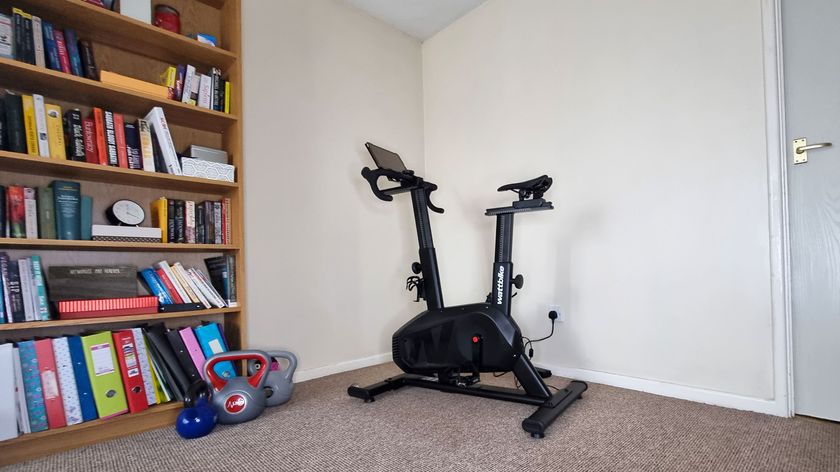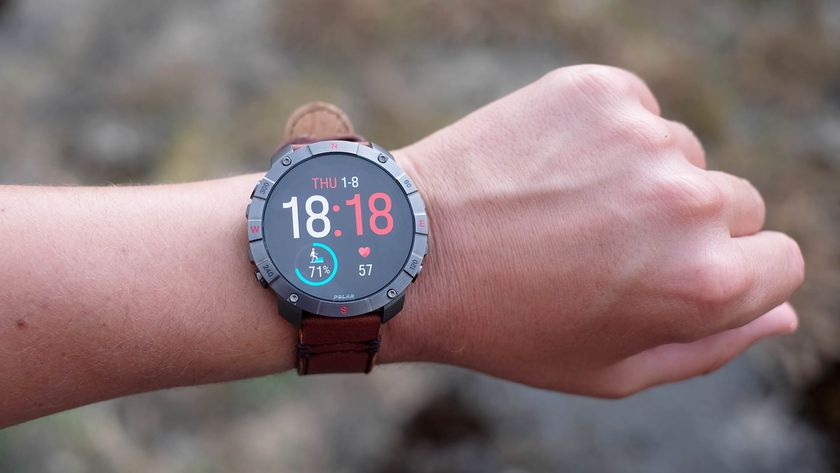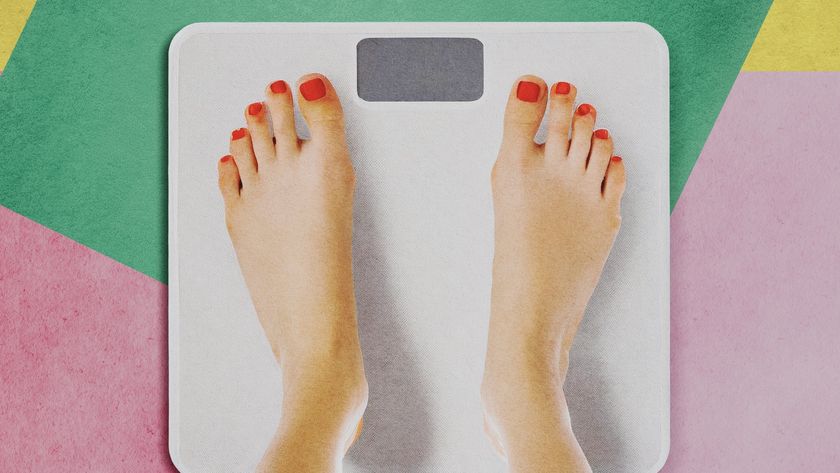7 Common Exercise Errors And How to Fix Them
Intro
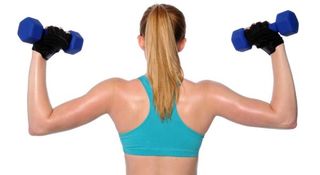
Flexing your arm to lift a weight seems like a simple maneuver, but you might be doing it wrong.
Whether you use a large and complicated system of pulleys and weights to work out, or stick to running and calisthenics, knowing the correct way to exercise is important. Incorrectly performed exercise can mean you're not getting the benefits you're looking for, and can even lead to injury.
"There's almost always a safer alternative to a risky exercise," said Stephen Ball, an associate professor of nutrition and exercise physiology at the University of Missouri. He's created a series of videos that show how to exercise safely.
Here are seven exercises people commonly do incorrectly, and how to do them right.
Standing quad stretch
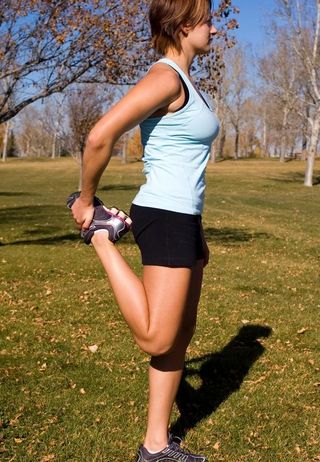
Though pulling your leg up behind you to stretch your quadriceps seems innocent enough, overflexing the knee that way puts a lot of unnecessary stress on the joint.
"It's very popular, but it's a risky exercise," Ball said, because it can wear out the knees over time and lead to a lot of pain down the road.
Instead, Ball recommended stretching your quads with the kneeling quad stretch. This involves kneeling on both knees and reaching back to touch each ankle in turn, or kneeling on one knee at a time and leaning forward to stretch the quadriceps. Ball said these techniques stretch the quads without hurting the joints.
Squats lifts
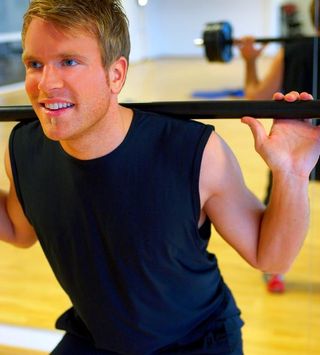
A classic lift done in muscle-building workouts, squats require a lot of focus on form and movement to do correctly.
"Never hyperflex or hyperextend your knees," Ball said. Locking your knees upon standing hyperextends the knees, and squatting so deeply that your calf is pressed against the back your thigh hyperflexes the knee, he said.
Hyperflexing and extending create tiny tears, called microtraumas, in joints, which can go unnoticed. "People might do this and never have a problem," Ball said, "but over time, microtraumas can lead to wearing out of joints.
In addition, people frequently try to lift too much weight when they do deep squats, which makes proper form more difficult to maintain, Ball said.
Bench press
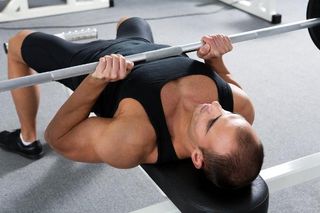
The bench press is possibly the most frequently performed weight lifting exercise at the gym, Ball said. It's popular because the amount of weight a person can bench is an often-cited measure of strength, and because it builds beach muscles such as the pectorals and biceps.
But quite commonly, weight lifters put too much weight on the bar and arch their backs, which puts dangerous stress on the connective tissue of the back and neck, and further, doesn't efficiently work the muscle the exercise is supposed to strengthen, Ball said.
The back, neck and knee joints are particularly vulnerable over time to problems caused by exercise, he said, adding that around 80 percent of people have some sort of back pain during their lives.
Seated pull-down
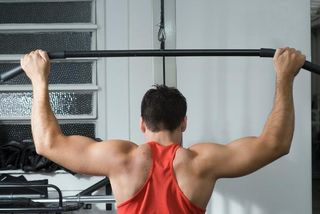
Also called the latissimus pull-down, seated pull-downs exercise the back and shoulder muscles, but are also the cause of many neck injuries.
The bar should be pulled down in front of the body, not behind the neck, Ball said, because pulling the bar behind the neck strains the shoulders. As with other exercises, the joints pay the price when this lift is done wrong.
And to make things worse, people roll their necks to relieve the pain of an aching, stressed neck, but rolling the neck too far back can hyperextend the top vertebrae of the spine, pinch the nerves and arteries and even cause slipped discs.
Leg press
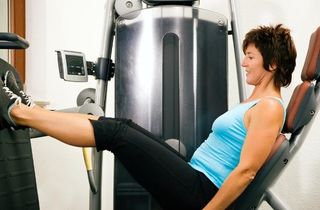
"This is one I see everyone do wrong," Ball said. The correct way to do the lift is to make sure the knees and the toes are aligned at the same height.
"Nine out of ten people put their feet too low," Ball said. And there is a temptation to hyperextend the legs and lock the knees, which moves the weight from the muscles to the joints.
Sit-ups
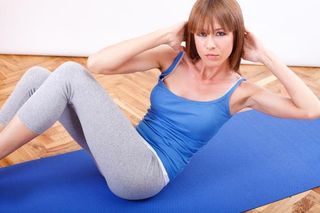
Everyone wants a six-pack, but getting one is difficult even when exercises are performed correctly. Sit-ups are the most popular abdominal exercise, Ball said, but are commonly done with two errors: sitting all the way up, and putting hands behind the neck.
"Having your hands behind your neck pulls the neck muscles," Ball said, "it's better to keep them behind your ears."
He also said it's unnecessary to rise to a full sitting position, because the abs don't receive any benefit from sitting up beyond a certain point. It's better to do shorter crunches, lifting to about halfway to an upright position, than full sit-ups.
Leg lifts
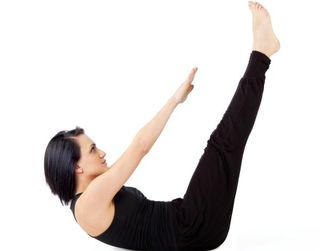
Another popular exercise people use to work their abs, the double leg lift, is performed by laying on your back and raising your legs straight from the ground toward your head. In reality, this exercise actually works the hip flexors instead of the abs.
"They don't always realize they're not even working out their abs," Ball said. Not only do they work the wrong muscles, but people also push the pelvis forward, and put stress on the back and spine. "It can cause disk compression and back pain," Ball said.
A better choice is the reverse curl, which is done by keeping the back flat but bending the legs, he said. This works the abs but does not stress the back. 6 Foods That Are Good for Your Brain
Follow MyHealthNewsDaily on Twitter @MyHealth_MHND. Find us on Facebook.
Sign up for the Live Science daily newsletter now
Get the world’s most fascinating discoveries delivered straight to your inbox.
